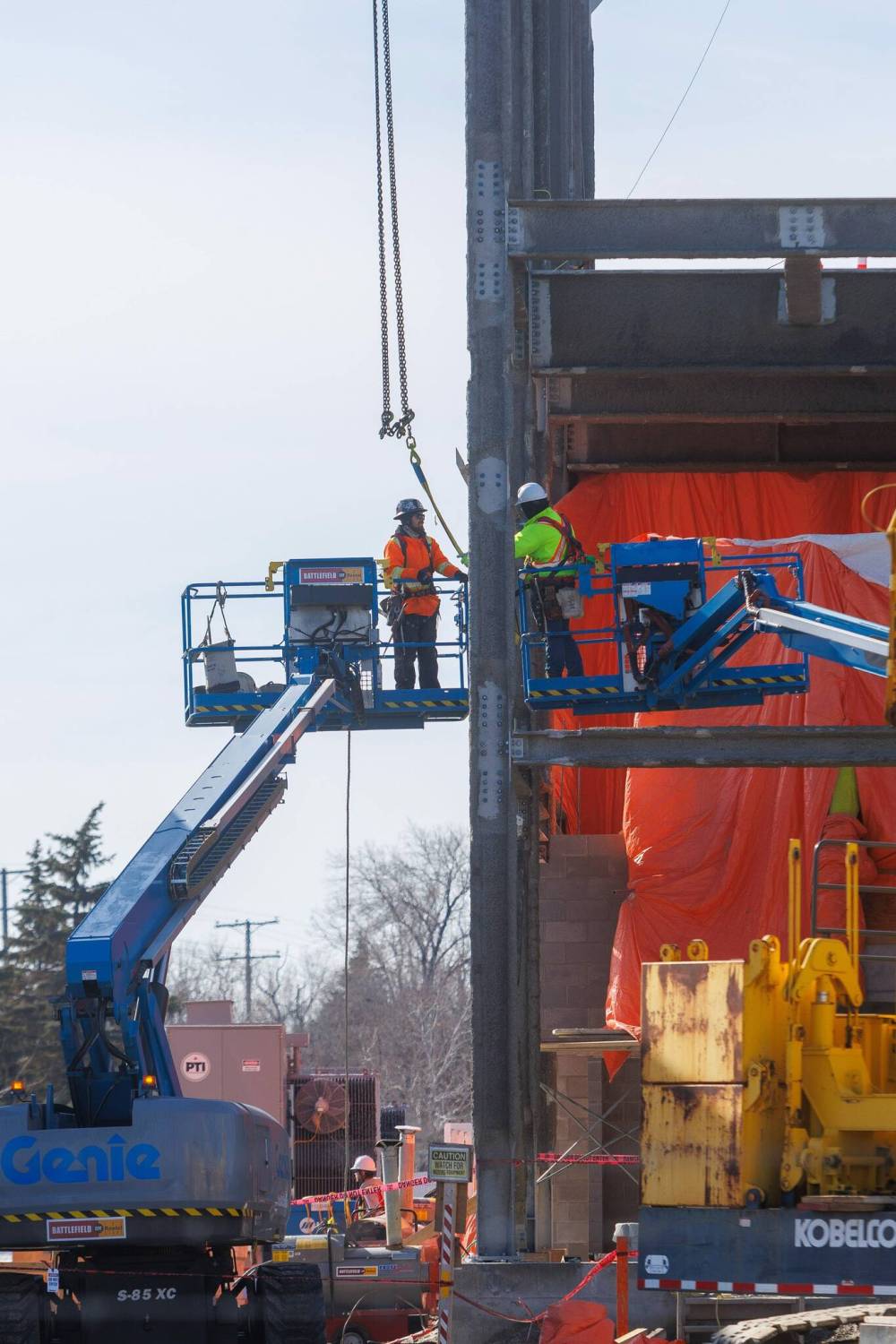Running out of sewage options — quickly
Advertisement
Read this article for free:
or
Already have an account? Log in here »
To continue reading, please subscribe:
Monthly Digital Subscription
$0 for the first 4 weeks*
- Enjoy unlimited reading on winnipegfreepress.com
- Read the E-Edition, our digital replica newspaper
- Access News Break, our award-winning app
- Play interactive puzzles
*No charge for 4 weeks then price increases to the regular rate of $19.00 plus GST every four weeks. Offer available to new and qualified returning subscribers only. Cancel any time.
Monthly Digital Subscription
$4.75/week*
- Enjoy unlimited reading on winnipegfreepress.com
- Read the E-Edition, our digital replica newspaper
- Access News Break, our award-winning app
- Play interactive puzzles
*Billed as $19 plus GST every four weeks. Cancel any time.
To continue reading, please subscribe:
Add Free Press access to your Brandon Sun subscription for only an additional
$1 for the first 4 weeks*
*Your next subscription payment will increase by $1.00 and you will be charged $16.99 plus GST for four weeks. After four weeks, your payment will increase to $23.99 plus GST every four weeks.
Read unlimited articles for free today:
or
Already have an account? Log in here »
Winnipeg should never find itself in a position where basic infrastructure threatens to run out of room.
Yet that is exactly what the city is warning could happen by 2032, when it may no longer have sufficient sewage capacity to support new development if the third phase of the North End Water Pollution Control Centre isn’t completed.
For a city that has long touted its growth strategy and economic ambitions, the idea that we could be within seven years of hitting a hard limit on growth because we failed to plan for wastewater treatment is nothing short of alarming.

MIKE DEAL / FREE PRESS files
Work on the north end sewage treatment plant continues.
And it raises a question that should trouble every Winnipegger: How did we get here?
This isn’t a sudden crisis. The demographic trends have been known for years. Winnipeg’s population has grown steadily — and in recent years, more quickly — due in large part to increased immigration.
Long-term planning documents by the city repeatedly forecast the need for more housing, more industrial development and expanded infrastructure.
City officials have ample access to population projections, economic forecasts and urban-growth models. None of this should be surprising. Yet here we are, staring down a sewage-capacity cliff.
The wastewater treatment plant is a massive, multi-phase, multi-billion-dollar project — one of the largest in the city’s history. Its importance cannot be overstated. The city is now pressing the provincial and federal governments to each cover one-third of the cost, warning that new development could be constrained without it.
That plea is justified — the city doesn’t have the fiscal capacity to finance it on its own. But it also underscores a deeper problem. The city’s warning feels reactive rather than proactive — a scramble to secure funding before a foreseeable deadline slams into reality.
It shouldn’t have taken hitting the brink of a capacity crisis for city hall to sound the alarm so loudly.
The city has been working on upgrades to the treatment plant for years, but the planning hasn’t always been smooth. Costs have ballooned and timelines have shifted.
Now we’re told overall hydraulic capacity could be maxed out within seven years.
This is not how a well-functioning city manages essential infrastructure.
The magnitude of these projects is precisely why planning must happen earlier, with more discipline and less wishful thinking. Public works of this scale often take a decade or more from design to completion.
When timelines stretch, the consequences ripple across the system. Winnipeg’s growth plans — including infill projects, suburban expansions and industrial parks — depend on something as basic as being able to flush a toilet.
The broader concern is that Winnipeg has developed an unfortunate habit of treating major infrastructure as though it’s optional, as though planning can be deferred until the last minute, and then senior governments can be relied on to write cheques.
That is not planning. That is gambling.
Infrastructure planning should be strategic, long term and grounded in demographic reality. It should not come as a revelation that a growing city needs to expand the basic systems that let it grow.
The sewage treatment plant project must be completed. It should have been fully funded and scheduled years ago. And while the city is right to call on senior governments for help, it must also confront its own role in allowing these pressures to build toward a breaking point.
Winnipeg cannot grow without infrastructure. That truth has been known for decades. The fact we’re now up against a 2032 deadline is a stinging indictment of planning failures and a stern warning about what needs to change going forward.

